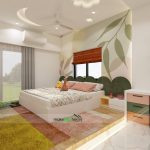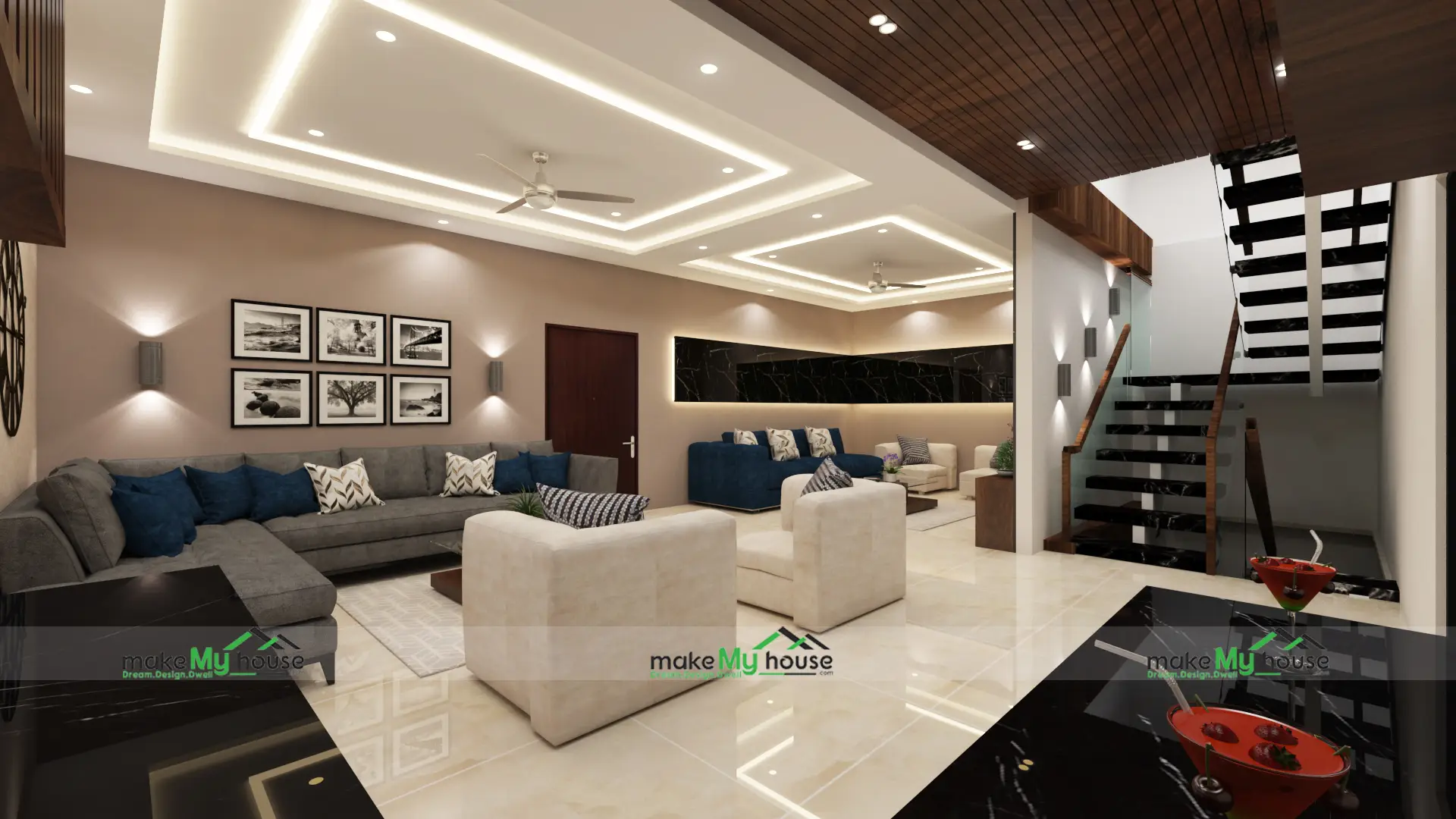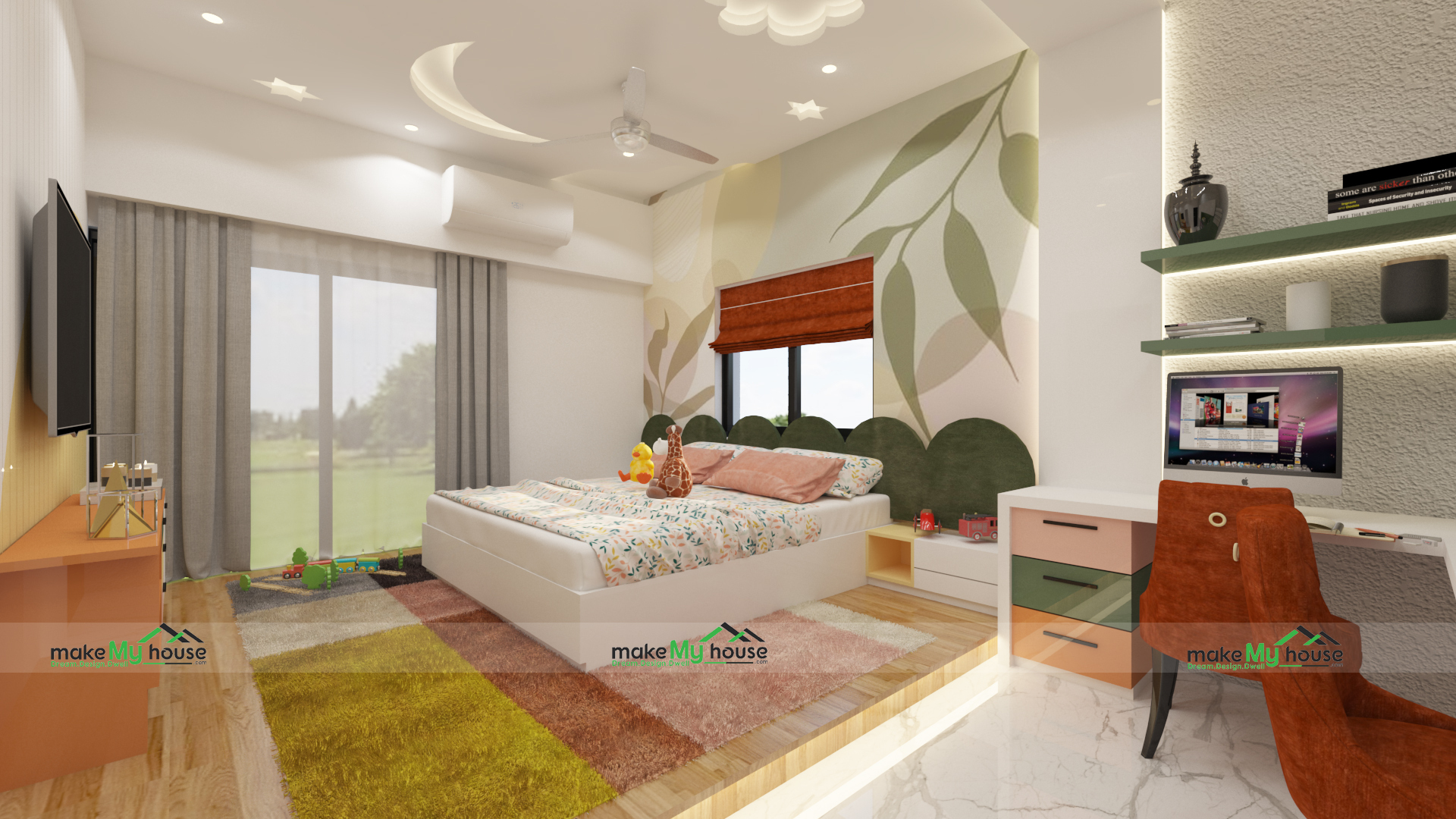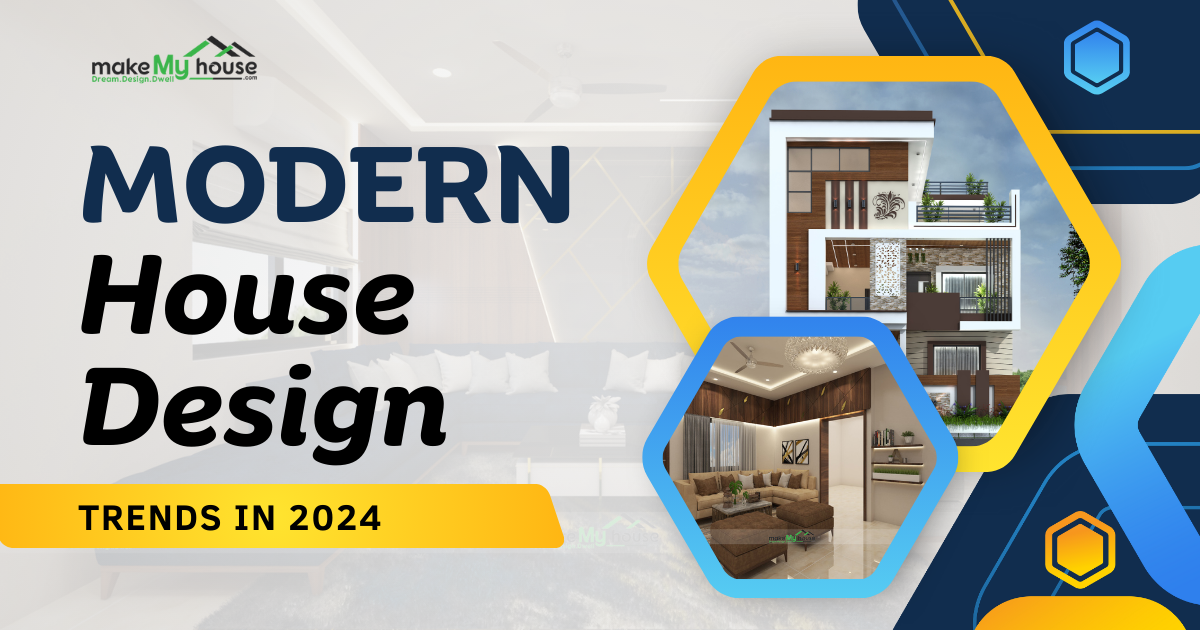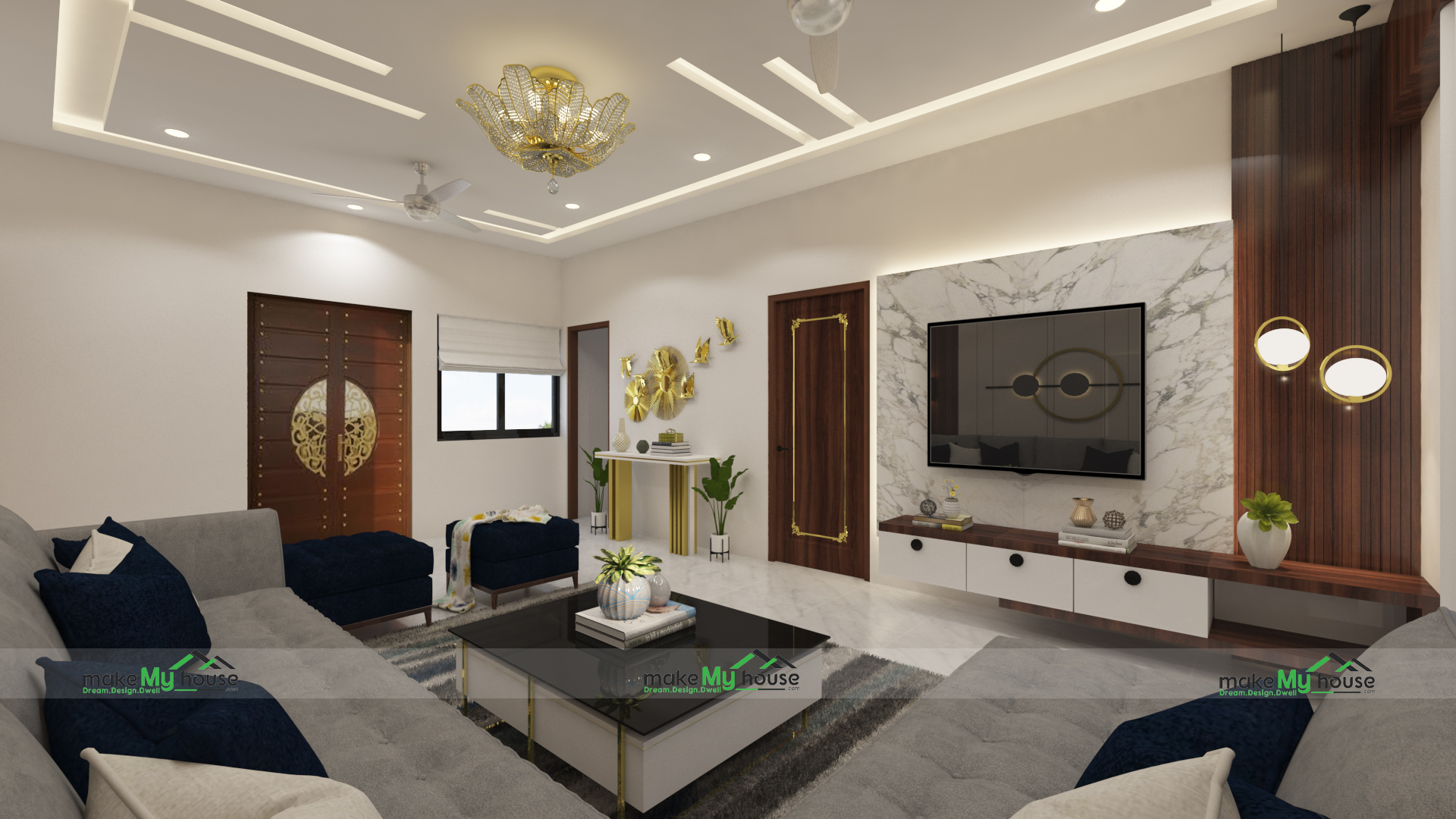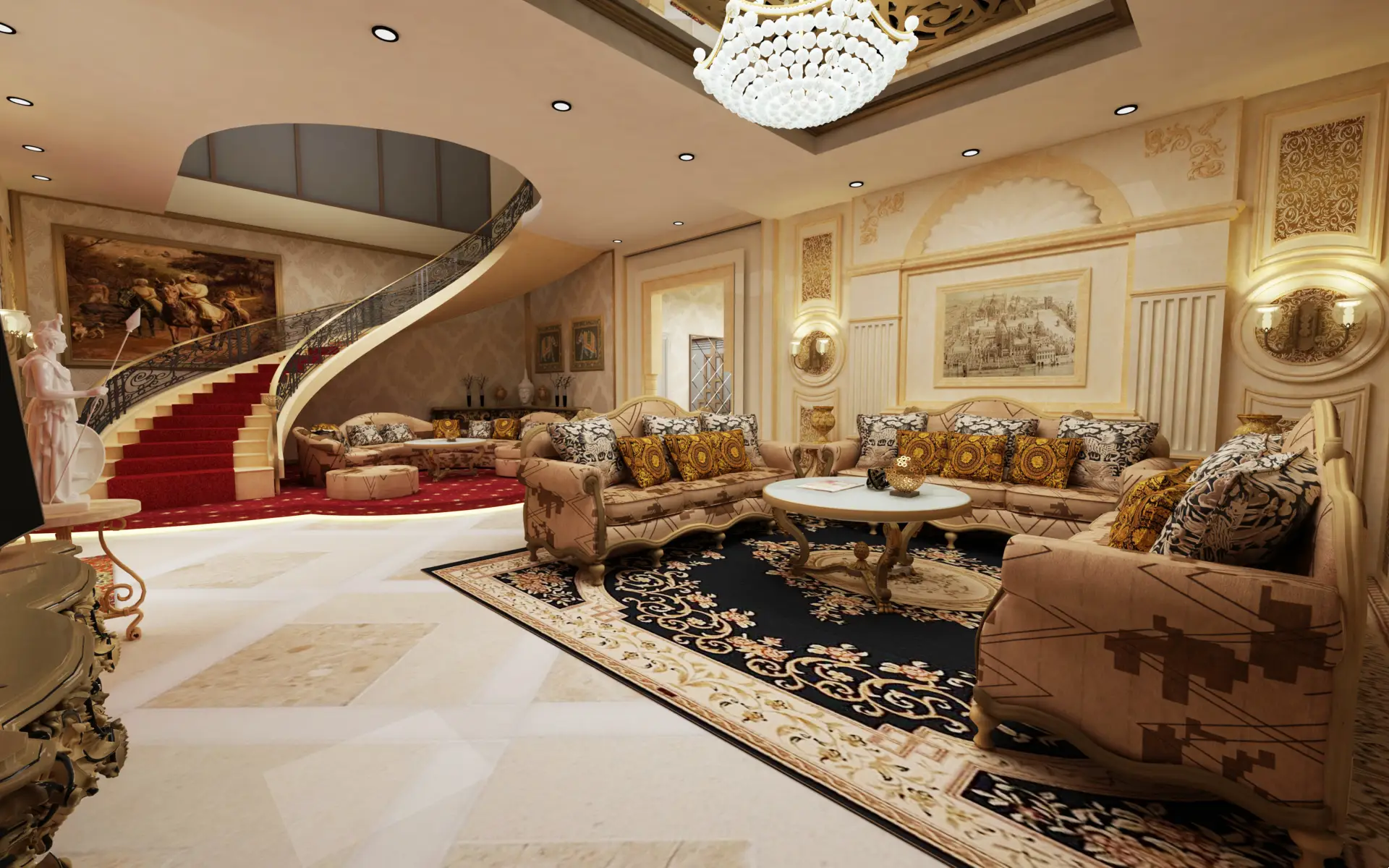Light is a transformative force in interior design. It has the ability to shape the mood, aesthetics, and functionality of a space. In this blog, we will explore the art and science of interior lighting and how it can influence your design choices.
Table of Contents:
- Introduction
- The Three Pillars of Interior Lighting
- Ambient Lighting
- Task Lighting
- Accent Lighting
- Choosing the Right Fixtures
- Chandeliers and Pendants
- Table and Floor Lamps
- Wall Sconces
- The Magic of Color Temperature
- Layering Light for Depth and Drama
- Innovative Lighting Trends
- FAQs: Shedding Light on Interior Illumination
- How can I make a small space feel more spacious with lighting?
- What are the benefits of using LED lighting in interior design?
- How do I balance energy efficiency with aesthetic appeal in my lighting design?
- What’s the secret to creating a cozy and inviting atmosphere with lighting?
- How can I incorporate smart lighting solutions into my interior design?
Introduction
Interior lighting is the unsung hero of design, playing a pivotal role in setting the ambiance, enhancing aesthetics, and facilitating tasks. It’s a multifaceted art, involving not only selecting the right fixtures but also mastering the interplay of light and shadow. Let’s dive into the three fundamental pillars of interior lighting and learn how to harness their power to transform your living spaces.
The Three Pillars of Interior Lighting
Ambient Lighting
Ambient lighting forms the foundation of a well-lit space. It provides overall illumination, allowing you to move comfortably throughout a room. This can be achieved through fixtures like overhead flush mounts, recessed lighting, or even well-placed wall sconces. To create a warm and inviting atmosphere, consider the use of dimmer switches to adjust the intensity.
Task Lighting
Task lighting is designed for specific activities such as reading, cooking, or working. It includes fixtures like desk lamps, under-cabinet lights in the kitchen, and vanity lighting in the bathroom. The key is to ensure that the lighting is both functional and aesthetically pleasing, providing adequate brightness without causing glare.
Accent Lighting
Accent lighting is the artist’s brushstroke, highlighting key features and adding drama to a space. Use accent lighting to draw attention to architectural details, artwork, or collectibles. Track lighting, wall washers, and well-placed spotlights can create focal points and add depth to your design.
Choosing the Right Fixtures
The choice of fixtures is pivotal in creating the desired atmosphere. Here are some popular fixtures and their applications:
Chandeliers and Pendants
Chandeliers and pendant lights are statement pieces that can define a room’s style. A crystal chandelier can add elegance to a dining room, while a cluster of industrial pendants can create a modern vibe in the kitchen.
Table and Floor Lamps
Table and floor lamps provide versatility and intimacy. They can be placed strategically to create pools of light for reading or conversation. Lampshades come in a variety of shapes and materials, allowing you to customize the lighting effect.
Wall Sconces
Wall sconces offer the best of both form and function. They can illuminate hallways, accentuate mirrors in bathrooms, or frame a bed in the bedroom. Their designs range from traditional to contemporary, making them versatile additions to your interior lighting plan.
The Magic of Color Temperature
Color temperature is a critical consideration in interior lighting. It refers to the warmth or coolness of light and is measured in Kelvins. Lower Kelvins (around 2700-3000K) emit warm, yellowish light, akin to candlelight. Higher Kelvins (above 4000K) create a cooler, bluish-white light. In living spaces, it’s generally advisable to use warmer tones to create a cozy and inviting atmosphere.
Layering Light for Depth and Drama
Layering light is the secret to creating depth and drama in your space. By combining ambient, task, and accent lighting, you can achieve a balanced and visually appealing design. For example, use wall sconces to accent artwork and table lamps for reading, all while maintaining a well-lit ambiance with ambient fixtures.
Innovative Lighting Trends
Stay updated with the latest lighting trends to infuse modernity into your design:
- Natural Materials: Lighting fixtures made from natural materials like wood, bamboo, or stone are gaining popularity.
- Geometric Designs: Contemporary fixtures with geometric shapes can add a touch of avant-garde style.
- Smart Lighting: Smart lighting systems that allow you to control brightness, color temperature, and even create lighting schedules from your smartphone or voice command are becoming increasingly common.
FAQs: Shedding Light on Interior Illumination
- How can I make a small space feel more spacious with lighting?
Use a combination of ambient lighting to brighten the space, mirrors to reflect light and create the illusion of depth, and well-placed task lighting to provide functionality without clutter.
- What are the benefits of using LED lighting in interior design?
LED lighting is energy-efficient, has a long lifespan, and provides versatile options for color temperature and intensity. It’s perfect for both general illumination and accent lighting.
- How do I balance energy efficiency with aesthetic appeal in my lighting design?
Choose energy-efficient fixtures like LEDs, incorporate dimmer switches, and consider timers or motion sensors for areas with less frequent use. Additionally, opt for fixtures that match your design style to ensure both function and aesthetics.
- What’s the secret to creating a cozy and inviting atmosphere with lighting?
Warm, lower-Kelvin lighting combined with layered fixtures can create a cozy ambiance. Use table lamps, wall sconces, and accent lighting to add depth and warmth to your spaces.
- How can I incorporate smart lighting solutions into my interior design?
Smart lighting can be seamlessly integrated into your design. Choose fixtures compatible with smart lighting systems, install smart switches, and connect your lighting to your preferred smart home platform for easy control.
Incorporating the power of interior lighting into your design can truly transform your living spaces. By mastering the three pillars of interior lighting, choosing the right fixtures, understanding color temperature, and staying updated with lighting trends, you can create a well-lit and aesthetically pleasing environment that suits your lifestyle and design preferences.

